Mastering Kubernetes deployments with Keptn: a comprehensive guide to enhanced visibility
Dynatrace
MARCH 20, 2024
External dependencies Many applications rely on external services, such as databases, APIs, or third-party services. Vulnerabilities or hardware failures can disrupt deployments and compromise application security. Insufficient CPU and memory allocation to pods can lead to resource contention and stop Pods from being created.

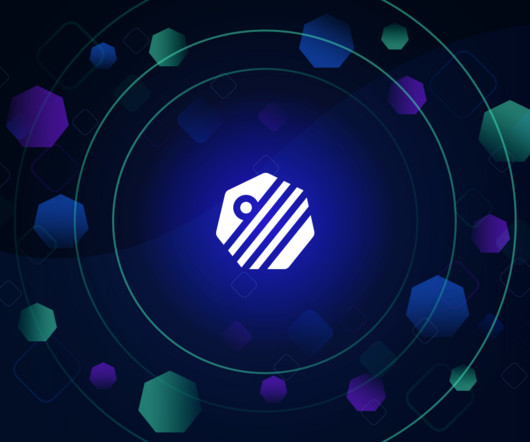



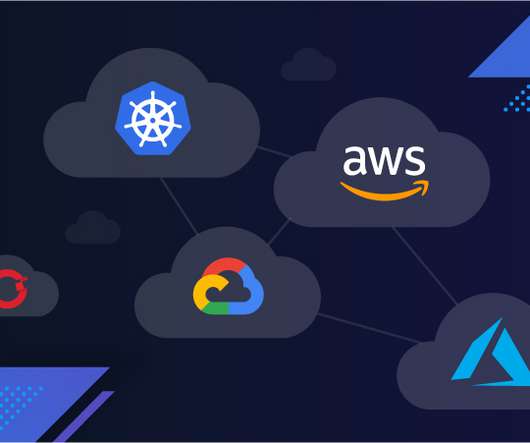






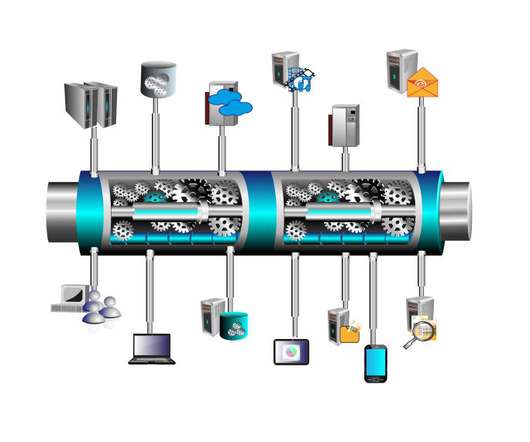
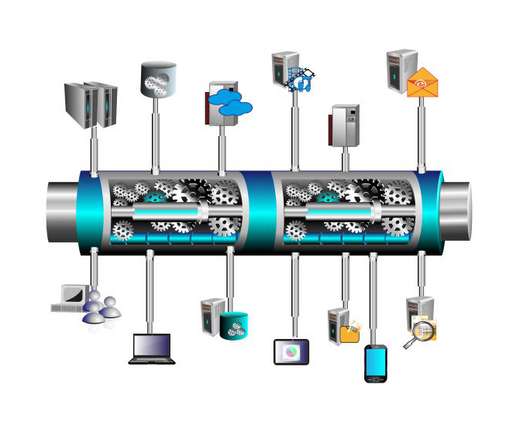
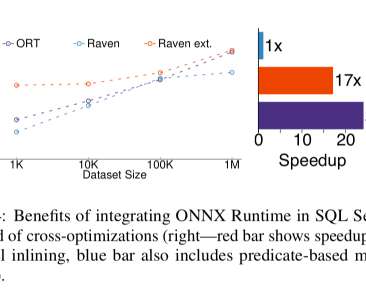





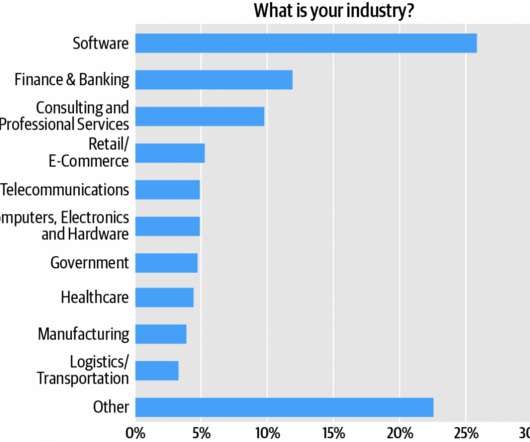








Let's personalize your content